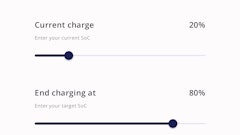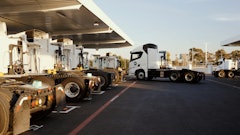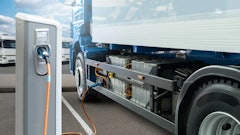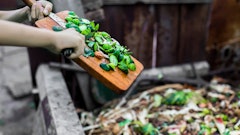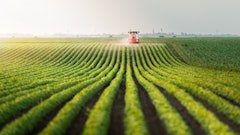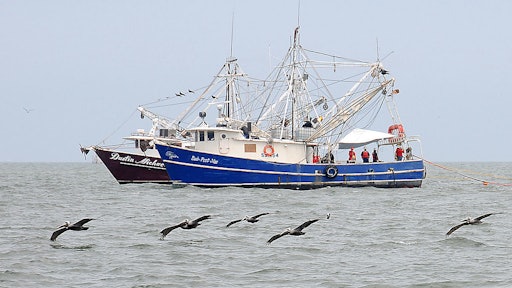
Those who catch seafood for a living are struggling with what they call the “dead zone” in the Gulf of Mexico. And it looks like the impact could be a lot closer than people think.
Crabbers and shrimpers are already finding dead crabs in their traps and smaller shrimp. Even families that have caught seafood for generations are considering walking away from the business altogether because of the dead zones.
The dead zone is caused by hypoxia, low oxygen levels that make it hard for most marine life—like shrimp, crabs and oysters—to survive. The main culprit comes from the Mississippi River. During the spring, rainwater carries waste from humans and animals, along with fertilizer and other chemicals, from the tributaries of more than 30 states. Once the river empties into the Gulf of Mexico, algae feed on the chemicals and die. The algae decompose and cause the water to be more acidic, which in turn reduces oxygen levels.
To read the full original article, please click here.








